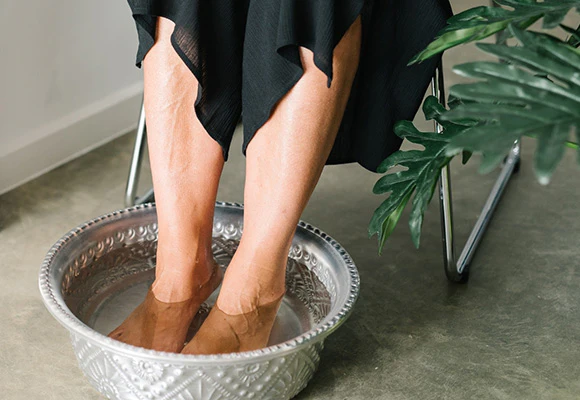
Plantar fasciitis is one of the most common causes of heel pain, affecting millions of people worldwide. If you wake up in the morning with stabbing pain in your heel, you might be dealing with this condition. In this article, we’ll explore what plantar fasciitis is, its symptoms, common causes, and effective treatment options to help you find relief.
Plantar fasciitis occurs when the plantar fascia—a thick band of tissue running across the bottom of your foot—becomes inflamed. The plantar fascia connects your heel bone to your toes and plays a key role in supporting the arch of your foot. Repeated stress and strain can cause tiny tears in the tissue, leading to irritation and pain.
The hallmark symptom of plantar fasciitis is sharp, stabbing pain in the heel. Here’s what to look out for:
If left untreated, the condition can worsen over time, potentially leading to chronic pain and altering the way you walk.
Several factors can contribute to the development of plantar fasciitis:
People with flat feet, high arches, or an abnormal walking pattern are more prone to plantar fasciitis. These foot structures put extra stress on the plantar fascia.
Wearing shoes with poor arch support, thin soles, or high heels can strain your plantar fascia. This is especially true for individuals who spend long hours on their feet.
High-impact activities like running, jumping, or standing for extended periods can contribute to plantar fasciitis. Sudden increases in physical activity or training on hard surfaces are common triggers.
The condition is most common in people between the ages of 40 and 60. Excess weight also increases pressure on your feet, raising the risk of developing plantar fasciitis.
Fortunately, there are many ways to manage plantar fasciitis and reduce pain. Here’s a breakdown of effective treatment options:
Giving your foot time to heal is crucial. Avoid high-impact activities that put stress on your heel. Low-impact exercises like swimming or cycling can keep you active without worsening the condition.
Gentle stretches for the plantar fascia, Achilles tendon, and calf muscles can help relieve tension and improve flexibility. Your podiatrist can guide you through exercises that target the affected area.
Wearing shoes with proper arch support and cushioned soles can make a big difference. Custom orthotics designed by a podiatrist provide tailored support and help distribute pressure more evenly across your feet.
Applying ice to the heel and taking over-the-counter anti-inflammatory medications can reduce pain and swelling. This is especially useful during flare-ups.
Night splints keep your foot in a stretched position while you sleep, which can help reduce morning pain by keeping the plantar fascia elongated.
If conservative treatments don’t bring relief, more advanced options like shockwave therapy, corticosteroid injections, or even surgery may be considered. A podiatrist will assess your condition and recommend the best course of action.
Prevention is key to avoiding the recurrence of plantar fasciitis. Here are some tips:
If you’ve been experiencing heel pain that’s not improving with home remedies, it’s time to seek professional help. Early intervention can prevent the condition from worsening and help you get back on your feet faster.
At The Podiatry Place, we specialise in diagnosing and treating plantar fasciitis. Our experienced podiatrists will assess your condition and create a personalised treatment plan designed to provide relief and prevent future issues. From custom orthotics to advanced therapies, we’re here to help you step comfortably again.
Don’t let heel pain hold you back. Contact us to schedule an appointment and take the first step toward pain-free feet with the help of our expert podiatry team.